Goatsrue
Information
Galega officinalis - Fabaceae Family
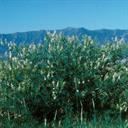
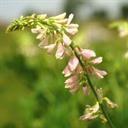
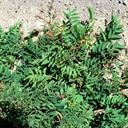
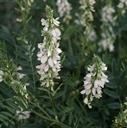
Identification
- Flowers. The flowers are pea-like and white to bluish lilac to reddish purple. They are found at the end of stems or in leaf axils.
- Seeds: Seeds are bean-shaped and dull yellow in color. Seeds grow in narrow pods, with 1-9 seeds per pod. A single plant can produce up to 15,000 pods.
- Leaves: The leaves are alternate and compound with a terminal leaflet and 6 to 10 pairs of leaflets.
- Flowering Time: Goatsrue flowers from June until the fall frost.
- Life cycle: Goatsrue sprouts in early spring and begins to produce flowers and fruits from mid-summer through fall. The seeds contained in these fruits can then remain viable in the soil for up to 10 years.
Impacts
- Goatsrue contains a toxic alkaloid that in large concentrations can be fatal to humans and many herbivores, including all livestock.
- Spreading quickly through riparian and similar areas, Goatsrue forms monocultures and greatly reduces biodiversity, displacing native and beneficial plants and reducing resources for wetland wildlife.
- Goatsrue can easily contaminate alfalfa fields as its seeds are very similar in shape and size to those of alfalfa.
Control
Most effective control methods
- For small infestations, shallow cultivation, mowing, clipping, and cutting are not recommended. The plant will flower and produce seed even when cut short.
- Grazing is not a control option, as Goatsrue is very toxic to livestock. Burning is not a viable method either, as fire stimulates root sprouting.
- There are currently no known biological control agents for Goatsrue.
- Selective herbicides such as 2.4-D/Dicamba are effective in controlling Goatsrue. Treatment is most effective when done before flowering for 2 to 3 consecutive years.
Large Images
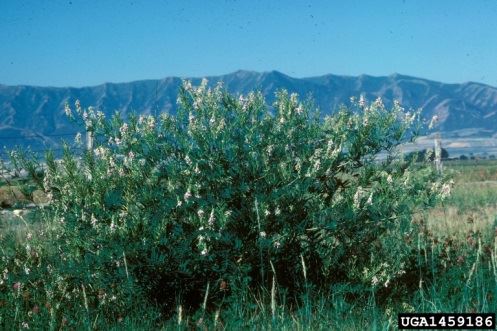
Goatsrue: infestation
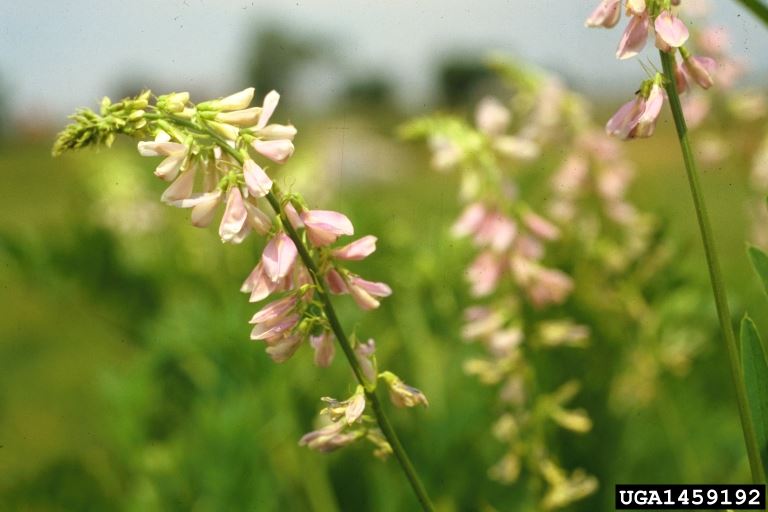
Goatsrue: flowers
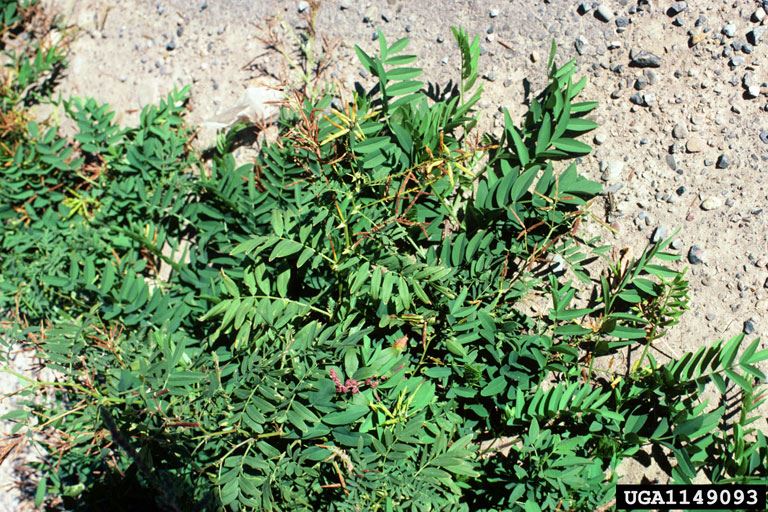
Goatsrue: foliage
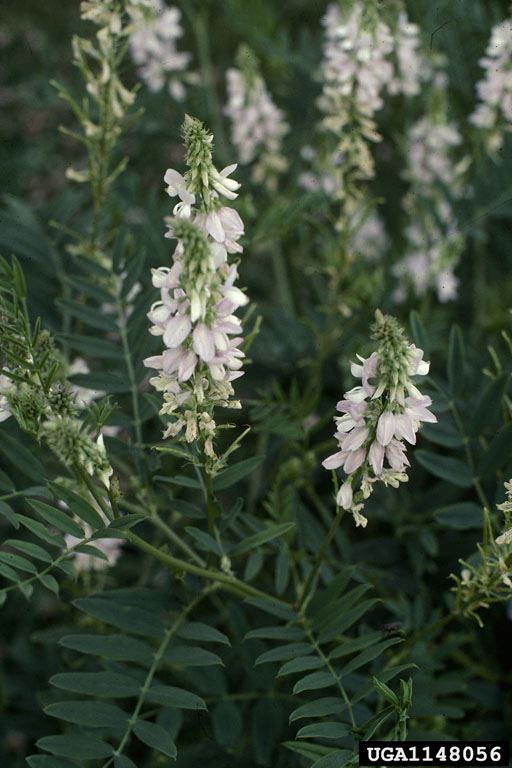
Goatsrue: flowers
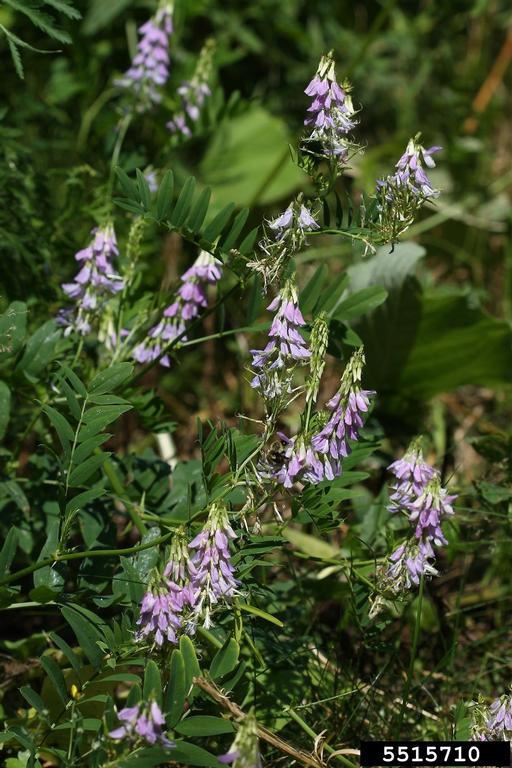
Goatsrue: flowers and foliage
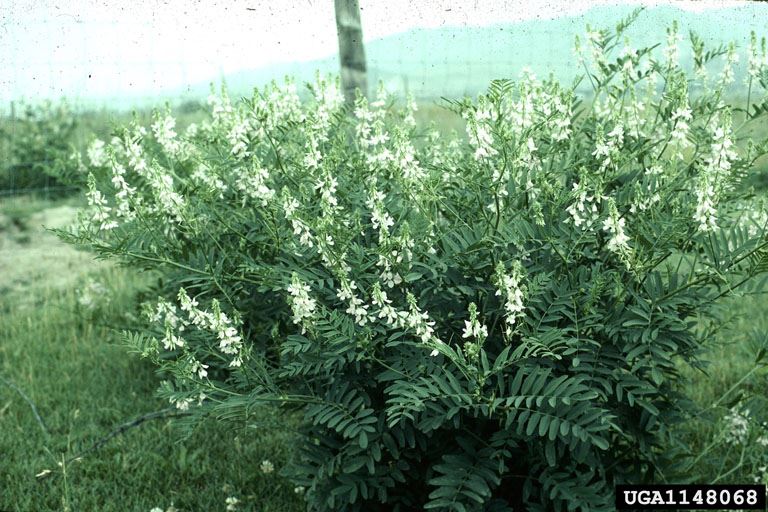
Goatsrue: infestation
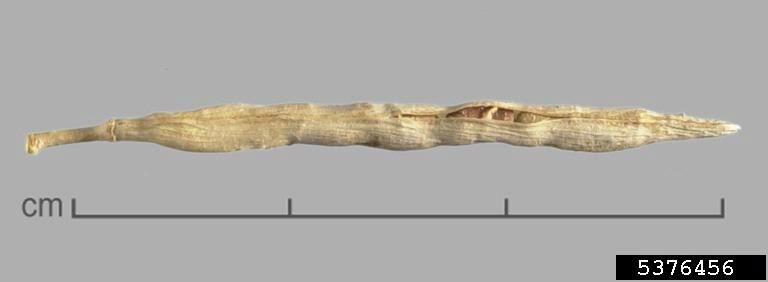
Goatsrue: seed pod
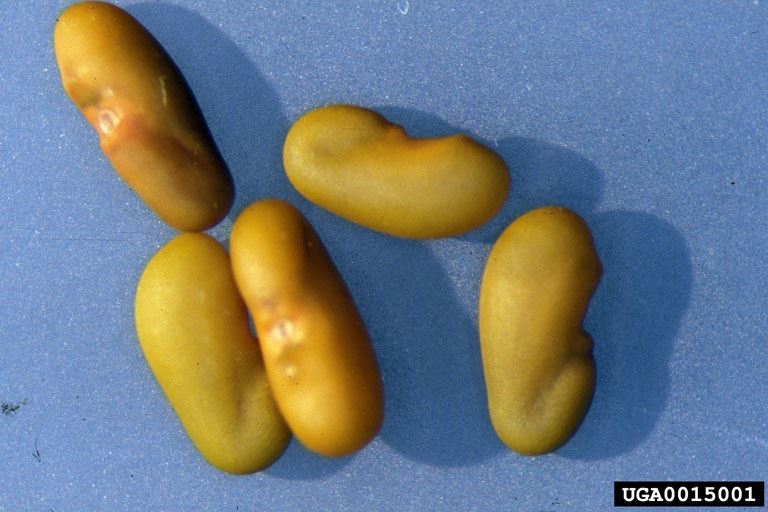
Goatsrue: seeds
Resources
-
References
Dings, E. (2015, December 9). Goatsrue. Retrieved from https://www.swcd.net/invasive-noxious-weeds/goatsrue/
DiTomaso, J.M., G.B. Kyser et al. (2013). Weed Control in Natural Areas in the Western United States [PDF file]. Weed Research and Information Center, University of California. Retrieved from https://wric.ucdavis.edu/information/natural-areas/wr_G/Galega.pdf View PDF
Graham, J. & Johsnon, W. (2007, April 17). Managing goatsrue [PDF file]. Retrieved from https://www.unce.unr.edu/publications/files/nr/2003/FS0313.pdf View PDF
Invasive Species Compendium. (2017, November 22). Galega officinalis (goatsrue). Retrieved from https://www.cabi.org/isc/datasheet/24756
Oregon Department of Agriculture Noxious Weed Control Program. (2015, February). Noxious weed pest risk assessment for goatsrue [PDF file]. Retrieved from https://www.oregon.gov/ODA/shared/Documents/Publications/Weeds/GoatsRuePlantPestRiskAssessment.pdf View PDF
Washington State Noxious Weed Control Board. Goatsrue. Retrieved from https://www.nwcb.wa.gov/weeds/goatsrue




